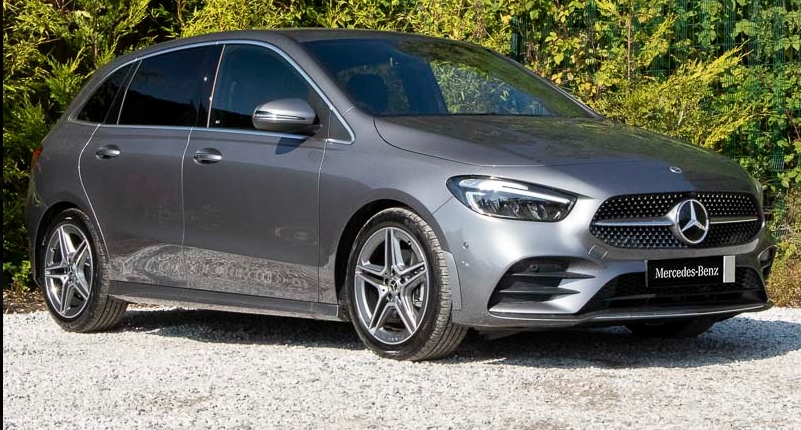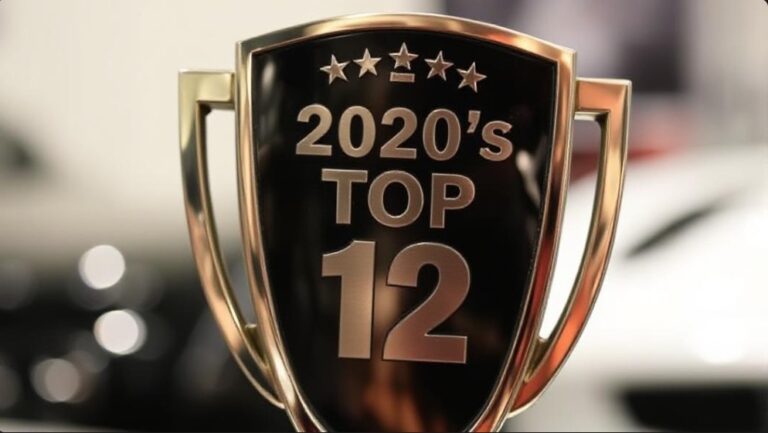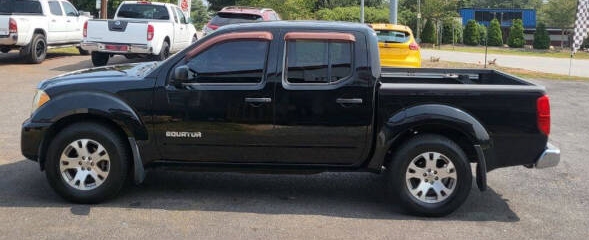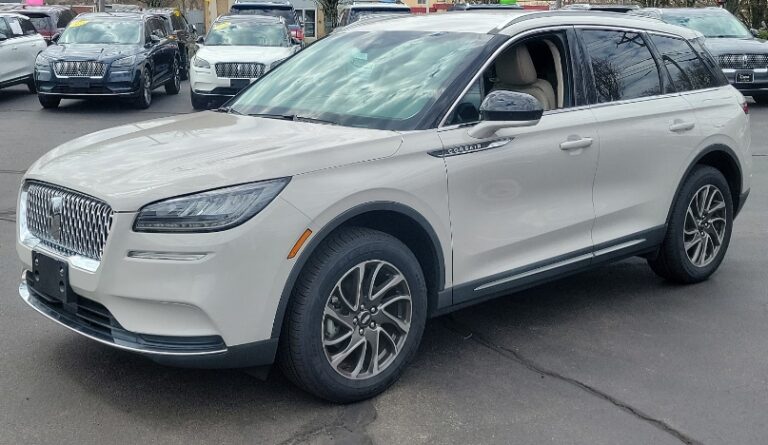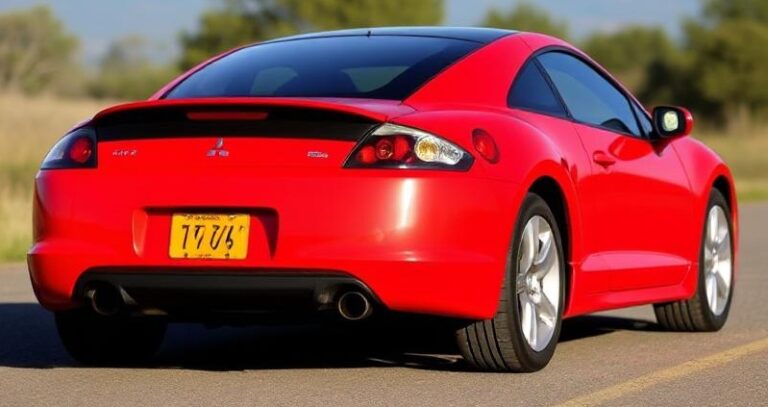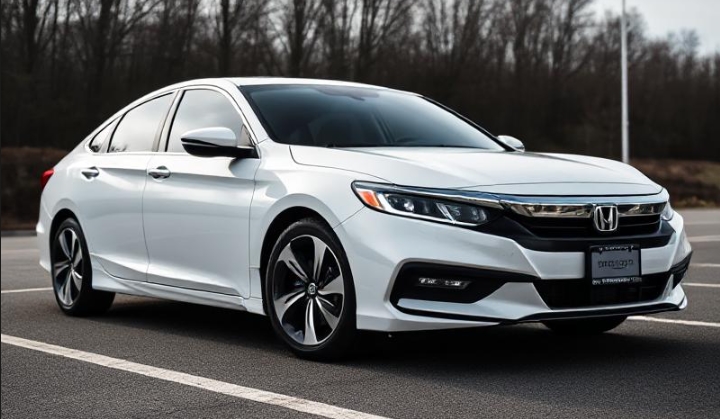The Evolution of The Mercedes-Benz B-Class
Of all the vehicles to wear the illustrious three-pointed star, few have carved out a niche as specific and, arguably, as misunderstood as the Mercedes-Benz B-Class. It has never been the aspirational sports car, the stately executive saloon, or the rugged off-roader. Instead, the B-Class has consistently championed a different set of virtues: unparalleled space efficiency, family-focused practicality, and premium comfort, all wrapped in a compact footprint. It is the unsung hero of the Mercedes-Benz lineup, a vehicle whose evolution tells a fascinating story of engineering ingenuity, shifting market demands, and the democratization of luxury technology.
The Genesis: T245 (2005–2011) – The Clever Compromise
The story of the B-Class begins as a direct descendant of the revolutionary, if initially troubled, A-Class. Launched in 2005, the first-generation B-Class, internally designated T245, was presented as a “Compact Sports Tourer.” The name itself was a clever piece of marketing, aiming to elevate what was essentially a compact multi-purpose vehicle (MPV) into something more dynamic and desirable.
Its core engineering marvel was the “sandwich floor” platform, inherited from the A-Class. This innovative design placed the engine and transmission in a separate layer, partially in front of and partially underneath the passenger cabin. This had two profound benefits. Firstly, in a severe frontal collision, the drivetrain would slide beneath the occupants’ feet rather than intruding into the cabin, providing exceptional crash safety for a vehicle of its size. Secondly, it created a completely flat and remarkably high cabin floor, granting the B-Class an astonishing amount of interior space. Occupants sat higher than in a conventional hatchback, affording excellent visibility, while legroom and headroom rivalled that of much larger saloons.
Despite its “Sports Tourer” moniker, the T245’s driving dynamics were geared towards comfort and stability rather than outright thrills. Its tall posture and comfort-biased suspension meant it was a supremely competent cruiser, but not a car one would throw into corners with abandon.
The model lineup during its lifecycle was straightforward, focusing on efficiency and adequacy.
Petrol Models:
B 150: (Later rebadged B 160) – A 1.5-litre four-cylinder, serving as the entry-point.
B 170: (Later rebadged B 180) – A 1.7-litre four-cylinder, offering a better balance of power and economy.
B 200: A 2.0-litre four-cylinder, providing respectable performance.
B 200 Turbo: The range-topper, featuring a turbocharged 2.0-litre engine with 193 horsepower, giving the practical MPV a surprising turn of speed.
Diesel Models:
B 180 CDI: A 2.0-litre turbodiesel focused on fuel economy and torque.
B 200 CDI: A more powerful version of the 2.0-litre turbodiesel, offering robust performance for long-distance travel.
Trim levels were typically simple, following the standard Mercedes-Benz hierarchy of the era: a base model, followed by SE (Special Equipment) which added creature comforts like better upholstery and alloy wheels, and a Sport trim that included larger wheels, firmer suspension, and cosmetic enhancements for a more dynamic look.
In 2008, the T245 received a mid-cycle facelift. This brought subtle aesthetic changes, including a redesigned front bumper, a new grille with three prominent silver louvres, and updated tail lights. More significantly, it introduced new technology such as an optional Active Park Assist system and a start-stop function on key models (badged as BlueEFFICIENCY) to improve fuel consumption. This generation also saw the introduction of alternative-fuel variants like the B 170 NGT (Natural Gas Technology) and the limited-production, hydrogen-powered F-CELL, showcasing Mercedes’ early commitment to future powertrains.
The T245 was a resounding commercial success, proving that a market existed for a premium vehicle that didn’t sacrifice practicality for prestige. However, its slightly van-like proportions and comfort-first dynamics left room for improvement.
The Maturation: W246 (2011–2018) – A Sleeker Proposition
The second-generation B-Class, the W246, which debuted at the 2011 Frankfurt Motor Show, represented a fundamental shift in philosophy. Mercedes-Benz engineers abandoned the complex and costly sandwich floor concept in favour of a more conventional platform, the new Mercedes Front-wheel drive Architecture (MFA). This platform would go on to underpin the A-Class, CLA, and GLA, creating significant economies of scale.
The change was immediately apparent in the car’s proportions. The W246 was lower, wider, and significantly sleeker than its predecessor. Its drag coefficient of just 0.26 was exceptionally low, aiding both fuel efficiency and refinement. While it lost the unique high-seating position of the T245, it gained a more car-like, engaging driving experience. The lower centre of gravity and a new multi-link rear suspension transformed its handling, making it feel more agile and planted on the road.
The interior also received a major overhaul, adopting the now-iconic trio of circular, SLS AMG-inspired air vents and a “floating” tablet-style infotainment screen. The quality of materials and overall design ambience took a significant leap forward, making the cabin feel every bit a modern Mercedes-Benz.
The engine lineup was completely refreshed, featuring new direct-injection and turbocharged units for both petrol and diesel.
Petrol Models:
B 180: A 1.6-litre turbocharged four-cylinder.
B 200: A more powerful version of the 1.6-litre turbo.
B 220 4MATIC: Introduced the option of all-wheel drive, paired with a 2.0-litre turbo engine.
B 250: A potent 2.0-liter turbocharged model at the top of the range.
Diesel Models:
B 160 CDI & B 180 CDI: These models used a 1.5-litre diesel engine sourced from the Renault-Nissan-Mitsubishi Alliance, a partnership that proved highly effective for compact models.
B 200 CDI: Utilized a Mercedes 1.8-litre diesel, later replaced by a more refined 2.1-litre unit.
B 220 CDI: The most powerful diesel, using the 2.1-litre engine.
Trim levels became more distinct. The lineup typically consisted of SE, Sport, and later, the highly popular AMG Line. The AMG Line added aggressive body styling, larger alloy wheels, a lowered sports suspension, and an interior trimmed with sporty accents like a flat-bottomed steering wheel and sports seats.
A significant addition to this generation was the B-Class Electric Drive (later renamed B 250 e), launched in 2014. In another fascinating collaboration, its electric powertrain, including the battery pack and motor, was developed and supplied by Tesla. It offered a respectable real-world range and brisk, silent acceleration, making it one of the first truly viable premium electric family cars.
The W246 was facelifted in late 2014 for the 2015 model year. The updates included revised bumpers, a wider grille, and optional LED High Performance headlamps. Inside, the infotainment screen grew larger, and the instrument cluster was updated. Crucially, advanced safety systems like Collision Prevention Assist Plus became standard.
The W246 successfully evolved the B-Class from a quirky but practical MPV into a stylish, dynamic, and technologically advanced tourer that felt more integrated with the rest of the Mercedes-Benz family.
The Technological Tour de Force: W247 (2019–Present) – The Smartest Tourer
The third and current generation of the B-Class, the W247, arrived in 2019 and marked another quantum leap, this time in the realm of technology and design. Built on an updated version of the MFA platform (MFA2), the W247 shed the last vestiges of its MPV heritage, adopting the sleek, clean “Sensual Purity” design language of modern Mercedes. With a sharper front end, a flowing side profile, and a more poised stance, it looks more like a high-roofed, muscular hatchback than a traditional people carrier.
The true revolution, however, happened inside. The W247 was one of the first compact Mercedes models to receive the groundbreaking MBUX (Mercedes-Benz User Experience) infotainment system. This system replaced the old floating tablet with a stunning widescreen cockpit, comprising two large digital screens (available in 7-inch or 10.25-inch sizes) that appear to merge into a single, seamless unit. Controlled via touchscreen, a touchpad, steering wheel buttons, or its revolutionary natural language voice command (“Hey Mercedes”), MBUX set a new benchmark for in-car technology in any class.
Despite its sportier exterior, practicality was enhanced. The rear seats could now slide fore and aft to juggle between passenger legroom and boot space, and the interior dimensions were subtly increased. The engine lineup was further refined for efficiency and performance, with many models incorporating 48-volt mild-hybrid technology (EQ Boost) for smoother acceleration and reduced emissions.
Petrol Models:
B 180: A 1.33-litre turbocharged four-cylinder co-developed with Renault.
B 200: A more powerful version of the 1.33-litre engine.
B 220 4MATIC & B 250 / B 250 4MATIC: Utilize a 2.0-litre turbocharged four-cylinder.
Diesel Models:
B 180 d: A 1.5-litre four-cylinder diesel.
B 200 d & B 220 d: Use a new, highly efficient and clean 2.0-litre diesel engine.
Plug-in Hybrid:
B 250 e: The successor to the Electric Drive, this plug-in hybrid model combines the 1.33-litre petrol engine with a potent electric motor and a sizable battery, offering a significant electric-only range (over 40 miles/65 km) that covers most daily commutes.
Trim levels in the UK and Europe settled into a familiar pattern: Sport, often with an Executive pack adding features like the larger screens, and the perennially popular AMG Line, which also comes with various enhancement packs like Executive, Premium, and Premium Plus, layering on features like a panoramic sunroof, an advanced sound system, and augmented reality navigation.
In late 2022, the W247 received a subtle facelift for the 2023 model year. The changes included a revised front bumper and grille, new LED light signatures, and an updated MBUX system that did away with the centre console touchpad in favour of a cleaner design. The engine lineup was also streamlined, with mild-hybrid technology becoming standard on all petrol models.
.

.
Conclusion: From Niche Player to Compact Powerhouse
The evolution of the Mercedes-Benz B-Class is a masterful study in adaptation. It began as an intelligent, safety-focused solution to the puzzle of maximizing space on a small footprint with the T245. It then matured into the W246, a far more stylish and dynamically capable vehicle that felt like a true member of the premium family. Today, the W247 stands as a technological flagship in its class, blending the practicality it has always been known for with a level of digital sophistication that rivals cars from much higher segments.
While it has often lived in the shadow of the more fashionable A-Class and GLA SUV, the B-Class has quietly and consistently delivered for a discerning customer base that values substance, space, and understated luxury. It remains the intelligent choice, a testament to the idea that practicality and prestige do not have to be mutually exclusive.
